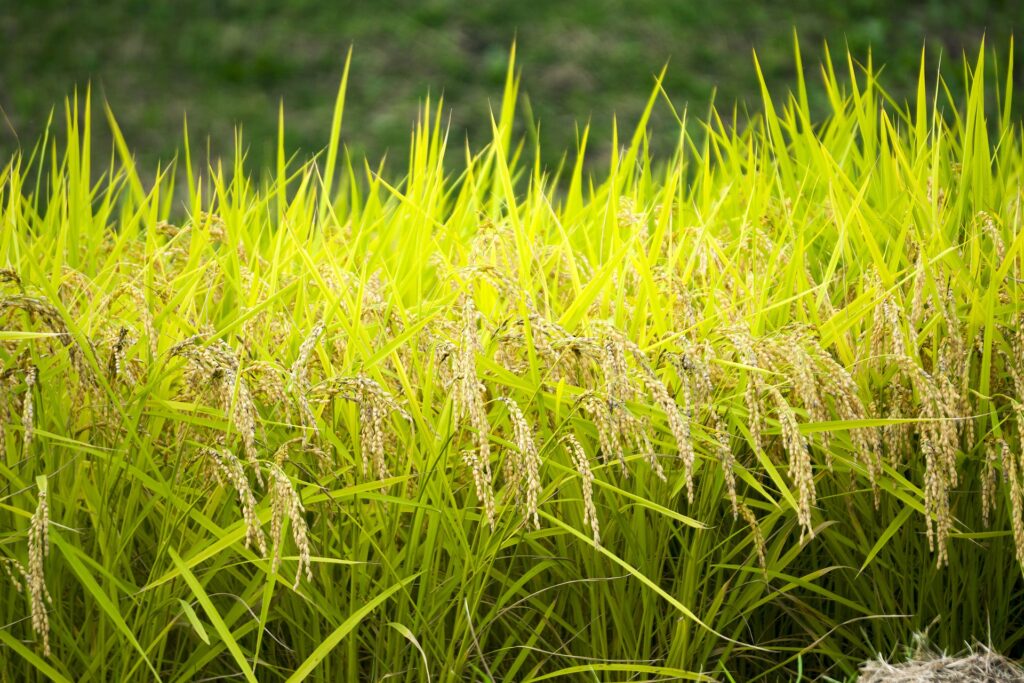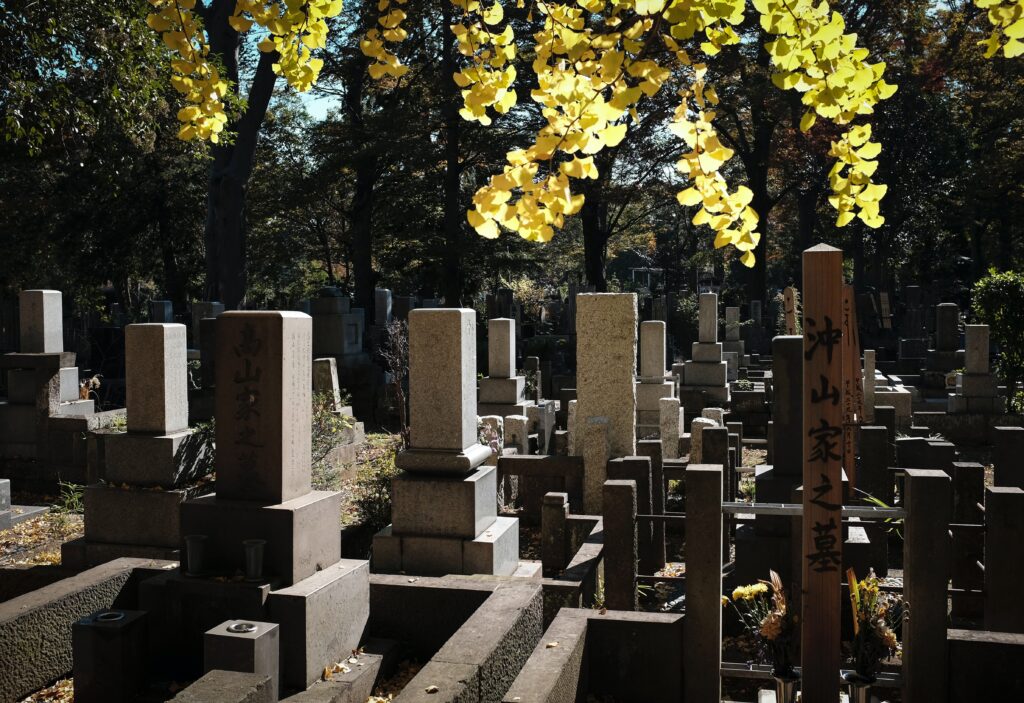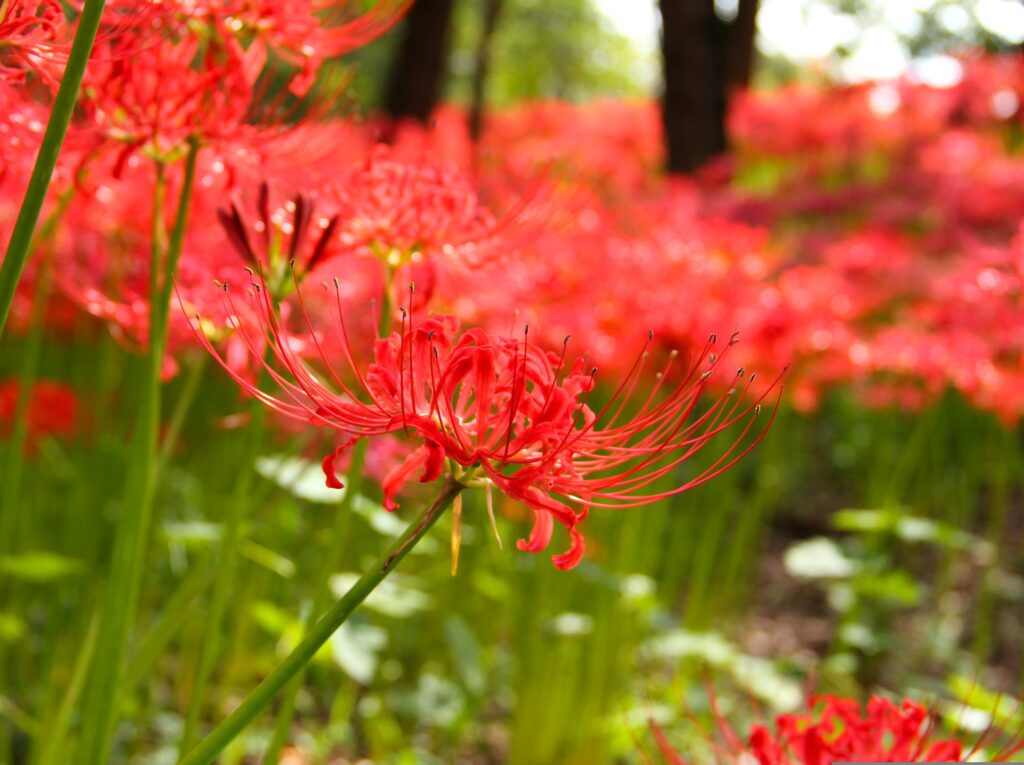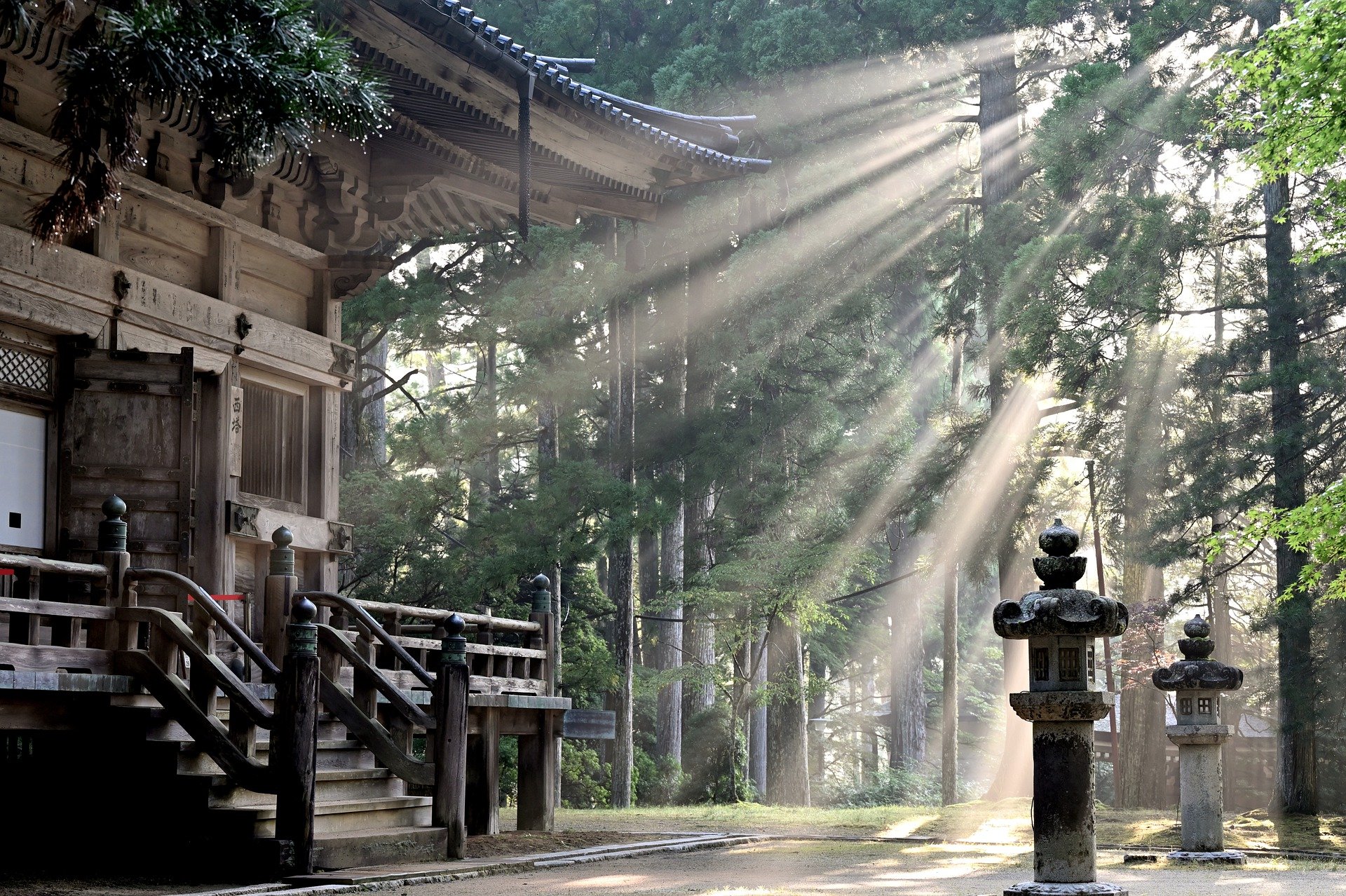The long-awaited September has arrived and we are now free from the hot, humid, sleepless nights.
The rice harvest is at its peak in my region, and newly-harvested rice called Milky Queen arrived the other day from a relative. I polish the rice each time and enjoy it. Fruits are also delicious at this time of year, and I must be careful not to eat too much.

Twice a year in Japan, in spring and autumn, there is a period called ‘Ohigan’. The ‘Higan’ period lasts for a total of seven days, three days before and after the ‘vernal equinox’ and the ‘autumnal equinox’, when the length of day and night are the same. They are distinguished as ‘Spring Higan’ and ‘Autumn Higan’ respectively. Vernal Equinox Day and Autumnal Equinox Day are national holidays. Today, I will talk about the Autumnal equinox.
In 2022, the autumnal equinox will be on 23 September. It is a special holiday, the date of which changes every year depending on the day on which the sun passes the autumnal equinox that year. As I mentioned earlier, it is a day when the length of day and night are approximately equal, and it is actually rare in the world for a holiday to be determined based on astronomy.
In the ‘Higan’ period, it is customary to visit graves, clean altars and Buddhist altars, and make offerings to ancestors as a sign of gratitude.
It is a time-honoured custom to look back and review one’s own daily conduct.

At this time of year, higanbana (cluster amaryllis) bloom in some places. In Aichi Prefecture, where I live, Handa City is a famous place for higanbana. The uniquely shaped crimson flowers are very beautiful.


